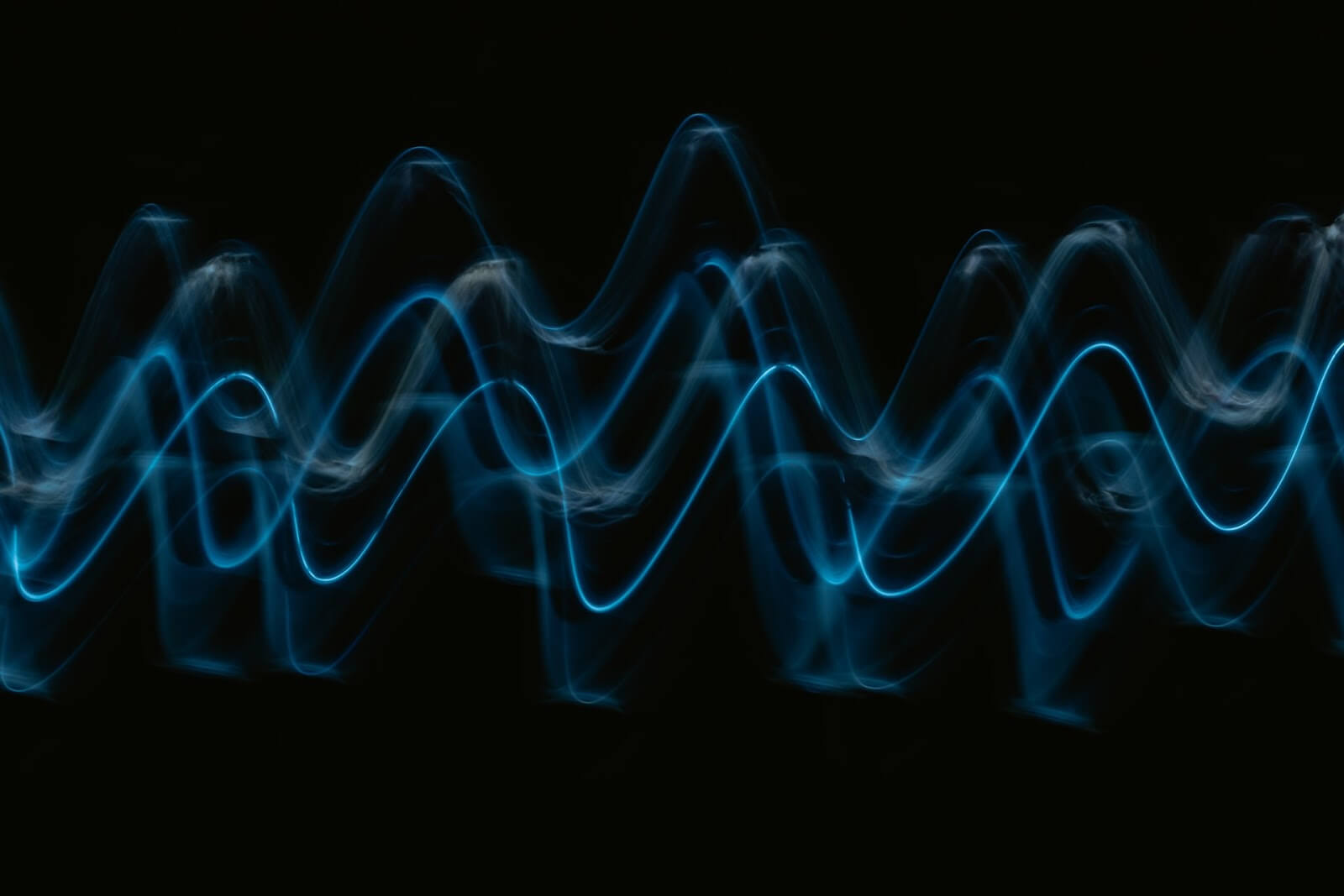
Sound Propagation And How It Works
Whether you’re playing the guitar or listening to a new album by your favorite artist, have you ever stopped and wondered how the sound you were producing and/or listening to gets created? In other words, you may be wondering what sound is and how it travels to our ears so that we’re able to perceive and listen to it.
Check out this video where we discuss sound and how it propagates for those unfamiliar with this topic.

What Is Sound?

What is sound? We don’t see it but we hear it pretty much everywhere we go — whether it’s music, a car horn, laughter, talking, etc. All of the sounds that we hear are generated by vibrations. Much like heat and electricity, sound is a form of energy. The sound energy produces a sensation in our ears, allowing us to hear.
For example, when you play the guitar, notice how the strings vibrate every time you strum. The vibrations are what produce the sound you’re hearing. Once the string stops vibrating, you’ll no longer be able to hear the sound.
How Does Sound Propagate?

How does sound travel you may ask? To put it in simple terms, sound travels through sound waves. But, more specifically, sound is an energy and the energy must travel through some form of material, or transmission medium — such as any solid, liquid, gas — in order to be heard.
The most common transmission medium that we hear sound through is air. And essentially, when producing a sound, the vibrations travel through the air in waves and create a disturbance in the air particles. The sound energy transfers through the air until it reaches your ear. Once in your ear, the diaphragm in your eardrum interprets the sound for your brain.
This is why we don’t hear anything in space. In the vacuum of space, there’s no material for sound to travel through.
In order to gain a better understanding of this, try covering your ears with your hands while listening to music with a nearby speaker. Notice what happens when you cover your ears versus when you take your hands away. When you cover your ears, the sound waves traveling towards your ear are greatly reduced in intensity due to a discontinuity in the transmission medium.
Discovering that the flow of sound energy can be disturbed, we can understand that sound waves rely on some form of medium for propagation, and the slightest hiccup in that medium can alter the way in which we perceive sound.
What Is Sound Reverberation?

Reverberation, or reverb, is a major contributing factor for the way sound travels and how we perceive it. An oversimplified percentage of what we hear from a sound source is typically 30% direct sound and 70% reverb.
Reverb is the reflection of sound off of the surfaces around you — whether it’s walls, ceilings, furniture, floors, etc.
Reverb occurs simply because sound waves expand outward in all directions rather than in one direction. The amount that travels directly from a source to your ears is limited versus what bounces around a room.
An example of reverberation is an echo. When we hear someone or something echo, there’s a delay in the sound reaching you. The sound can bounce off a surface and it takes time for it to reach you. It will also remove a portion of the amplitude or energy of the vibration, decreasing the intensity of the sound.
Reverberation is something music venues and studios take into great consideration. In a recording studio, they deaden the room so that they can prioritize getting direct sound from an instrument that they are recording.
In a music venue, they pride themselves on how well the room carries sound or the reverberation of the room.
Conclusion
Hopefully, you’ve gained a better understanding of sound and how it travels from one source to another. When you go out and about your day, take some time to listen to your surroundings. You may notice how every location you encounter throughout your day sounds different. This will depend entirely on the transmission medium and the surrounding environment in which you’re listening.
If you’re interested in experimenting with the sound and comfort of your headphones, check out our website for all your headphone accessories needs.






